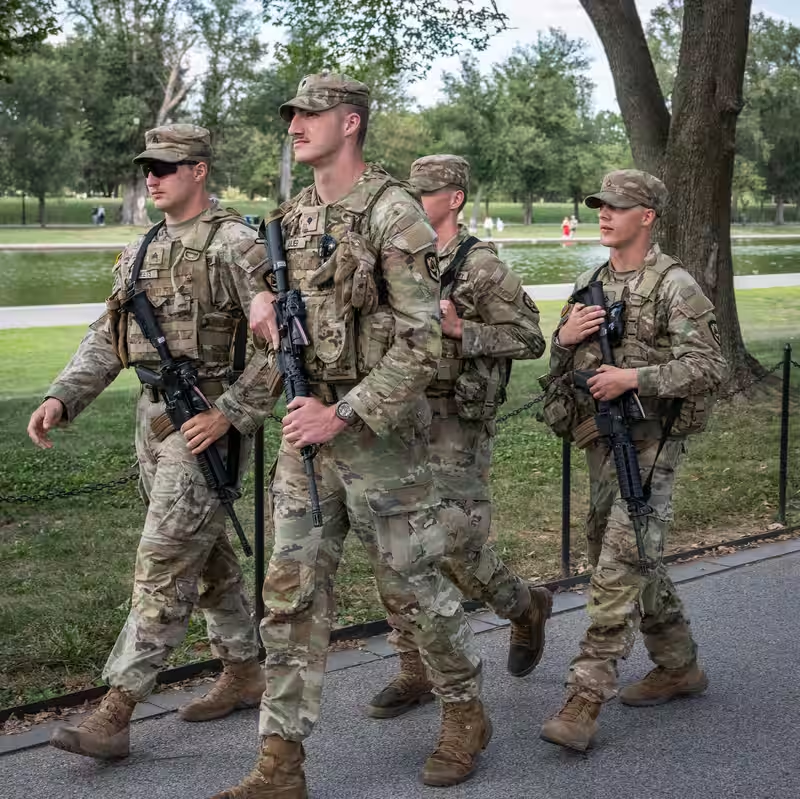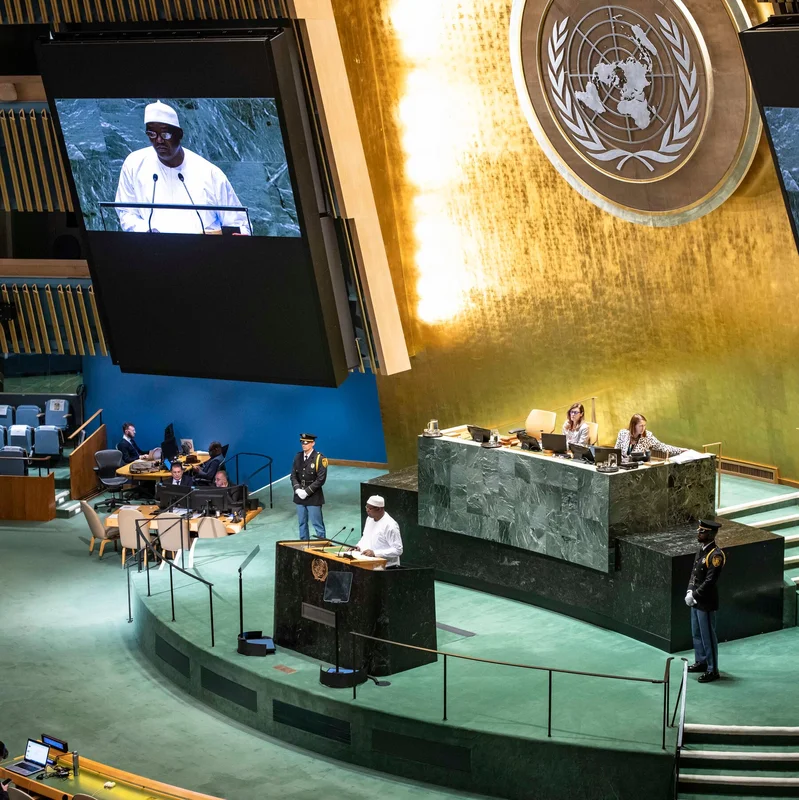Table of Contents
- What Is the National Guard?
- Historical Role in Domestic Crises
- Why Are National Guard Troops in U.S. Cities Now?
- Who Controls the Guard—States or the President?
- Public and Political Backlash
- Sources
What Is the National Guard?
The National Guard is a unique hybrid force in the U.S. military structure—part state militia, part federal reserve. Every state, territory, and the District of Columbia maintains its own National Guard unit, which can be activated either by a governor for local emergencies or by the president for federal missions.
Guard members hold civilian jobs or attend school while training part-time, but they can be called to full-time duty during natural disasters, civil unrest, or overseas combat deployments. They’ve served in every major U.S. conflict since the 1600s.
Historical Role in Domestic Crises
Since World War II, the National Guard has been federally mobilized at least 10 times to respond to civil unrest. Notable examples include:
- 1957: President Eisenhower sent the Arkansas National Guard to enforce school desegregation in Little Rock.
- 1965: Guard units helped protect civil rights marchers in Selma, Alabama.
- 1992: Deployed to Los Angeles after the Rodney King verdict sparked riots.
- 2020: Activated in multiple states during nationwide protests over George Floyd’s death.
In these cases, the Guard’s role was largely humanitarian or protective—not enforcement-oriented.
Why Are National Guard Troops in U.S. Cities Now?
In 2025, President Trump has activated National Guard units in several Democratic-led cities, citing rising crime rates and immigration enforcement needs. Unlike past deployments, these missions appear more politically charged—raising questions about the Guard’s traditional neutrality.
Troops have been seen patrolling urban parks, supporting ICE operations, and assisting local law enforcement in ways that blur the line between disaster response and domestic policing.
Federal National Guard Activations Since WWII
| Year | Event | President |
|---|---|---|
| 1957 | Little Rock School Integration | Eisenhower |
| 1962 | University of Mississippi Riots | Kennedy |
| 1965 | Selma Voting Rights March | Johnson |
| 1967 | Detroit & Newark Riots | Johnson |
| 1992 | L.A. Riots | Bush Sr. |
| 2005 | Hurricane Katrina Relief | Bush Jr. |
| 2020 | George Floyd Protests | Trump |
| 2025 | Urban Crime & Immigration Ops | Trump |
Who Controls the Guard—States or the President?
Under normal circumstances, governors control their state’s National Guard. But under Title 10 of the U.S. Code, the president can “federalize” Guard units—placing them under direct military command.
This power is rarely used domestically and typically reserved for constitutional crises or when state authorities are unable or unwilling to maintain order. Critics argue that recent deployments stretch this authority beyond its intended scope.
Public and Political Backlash
Many legal scholars, civil rights groups, and even former Guard commanders have expressed concern. “The National Guard is not a partisan strike force,” said one retired general. “Using it for political messaging erodes public trust in both the military and democratic institutions.”
Local officials in affected cities have also pushed back, calling the deployments unnecessary and escalatory. Meanwhile, supporters argue the moves are justified responses to real public safety challenges.
As the 2026 midterms approach, the National Guard’s role in domestic politics may become an even hotter flashpoint.
Sources
The New York Times: What Does the National Guard Do? Why Are Its Troops in U.S. Cities?




